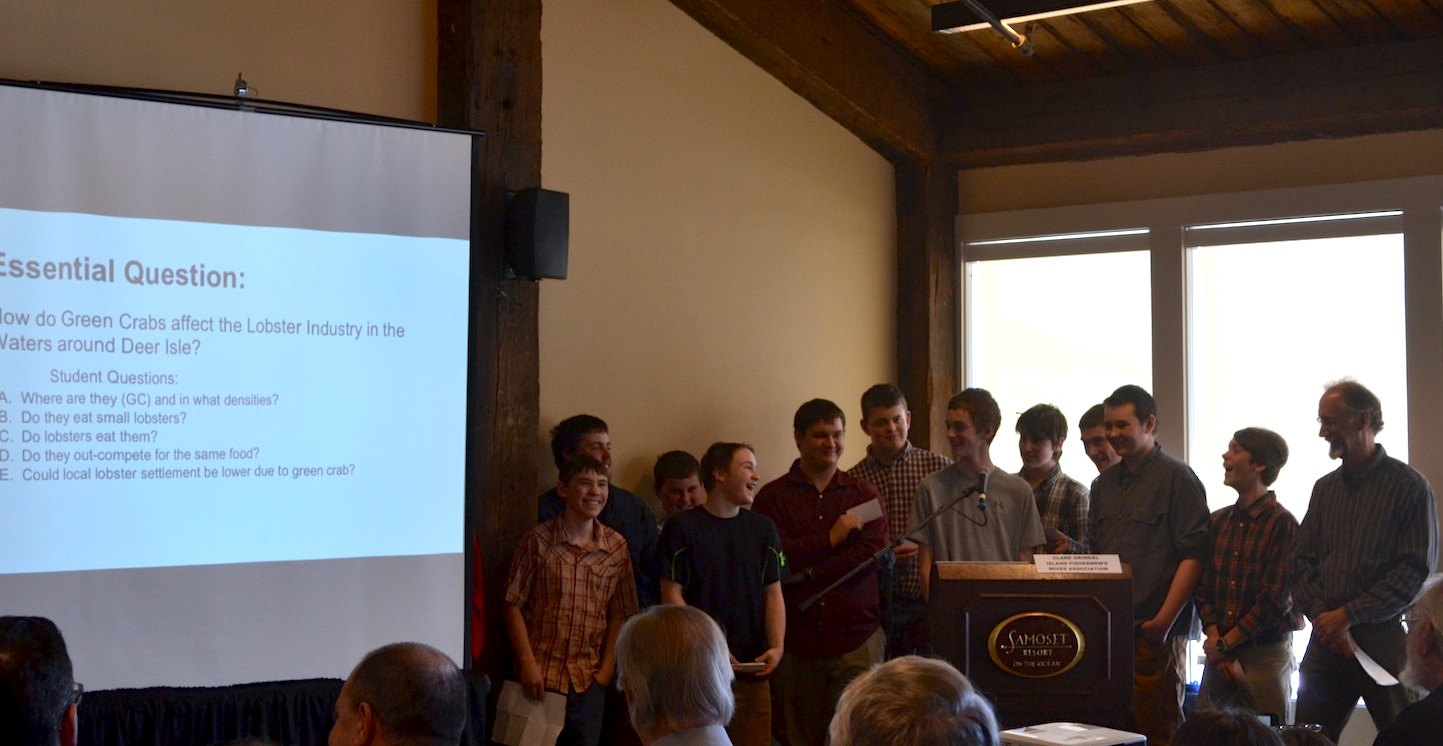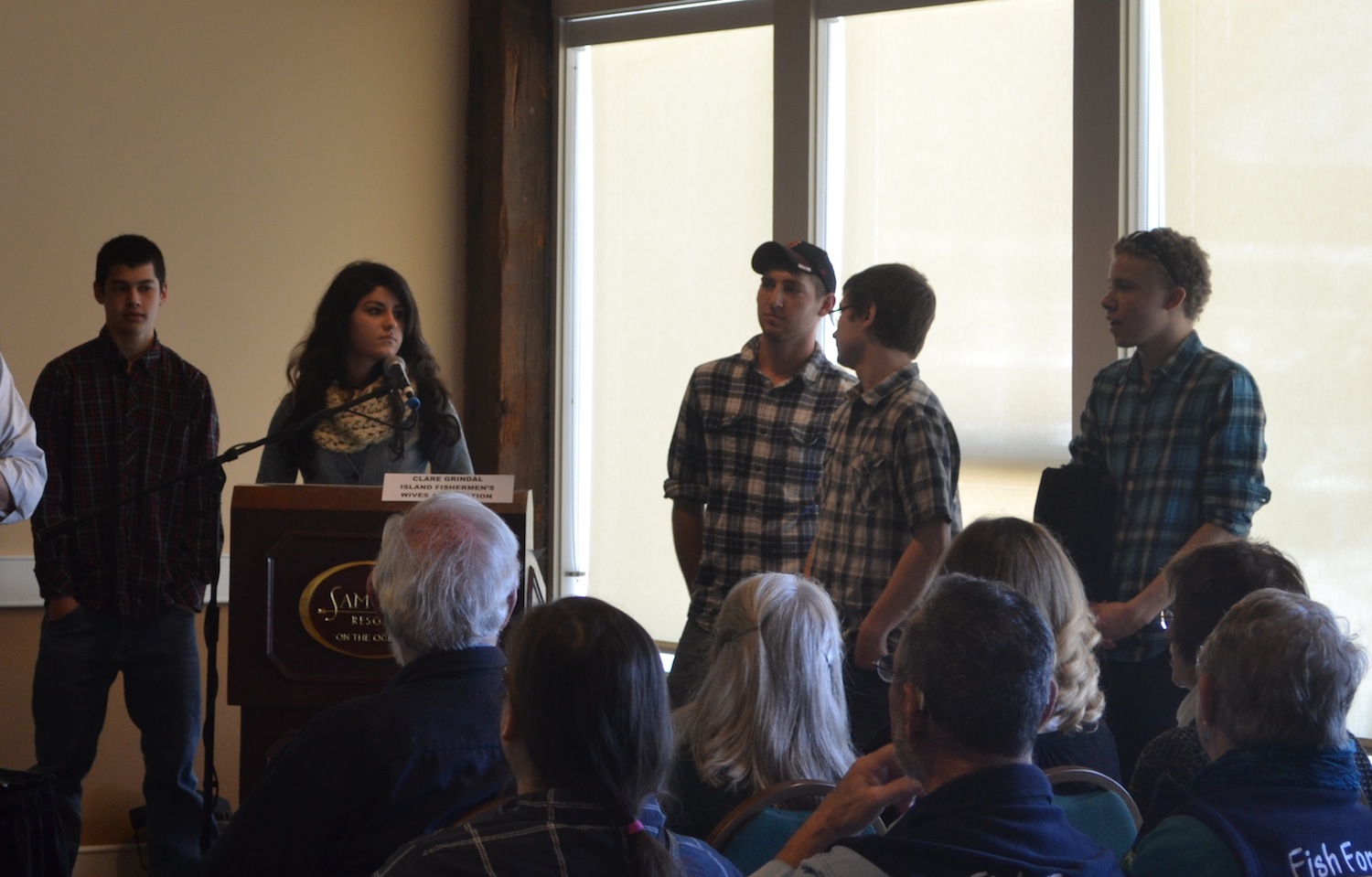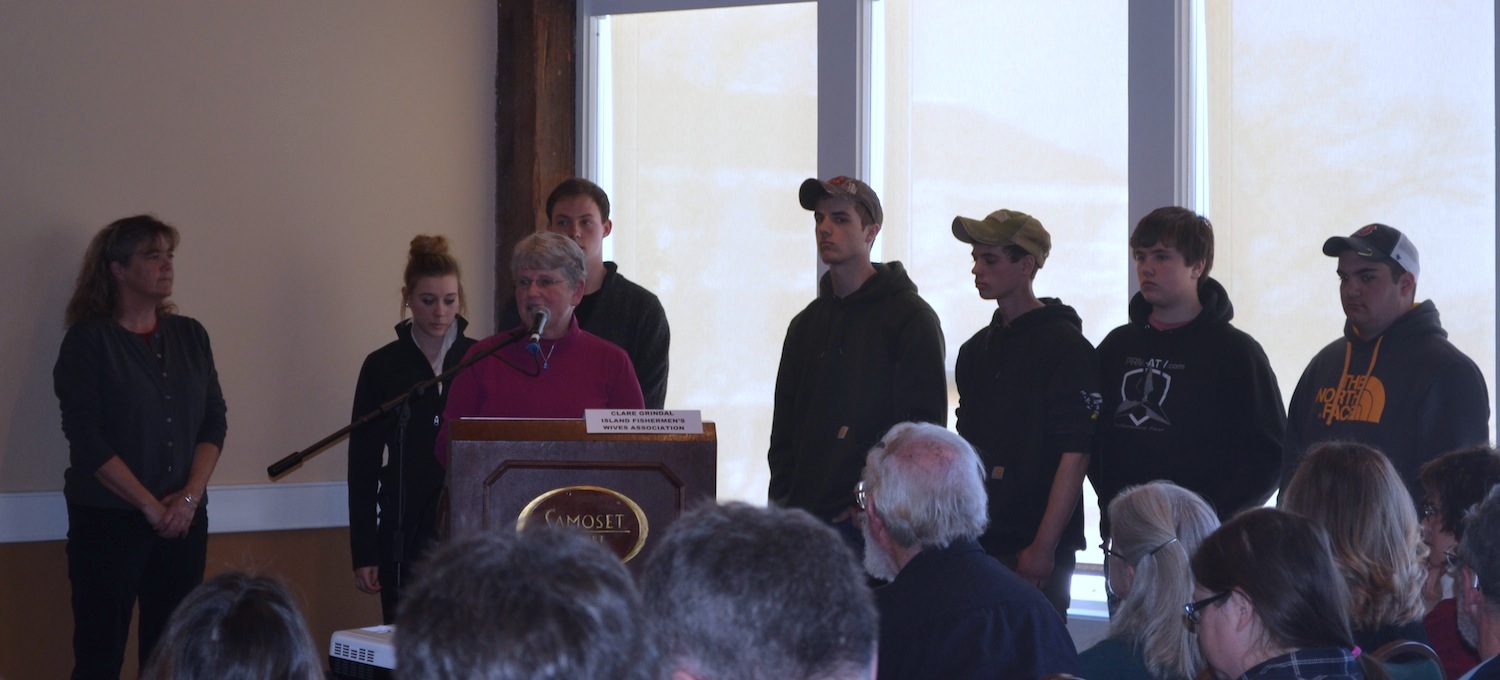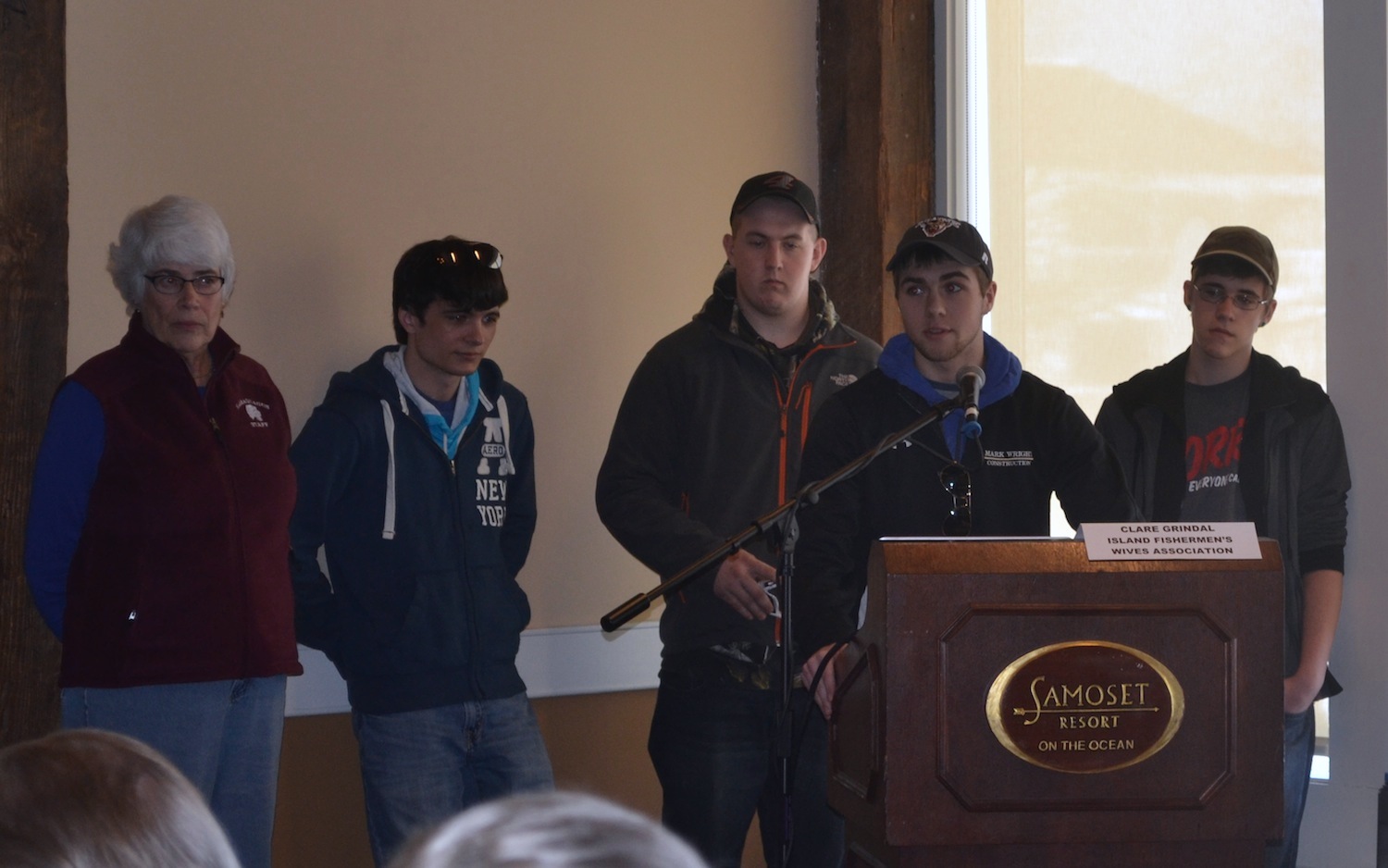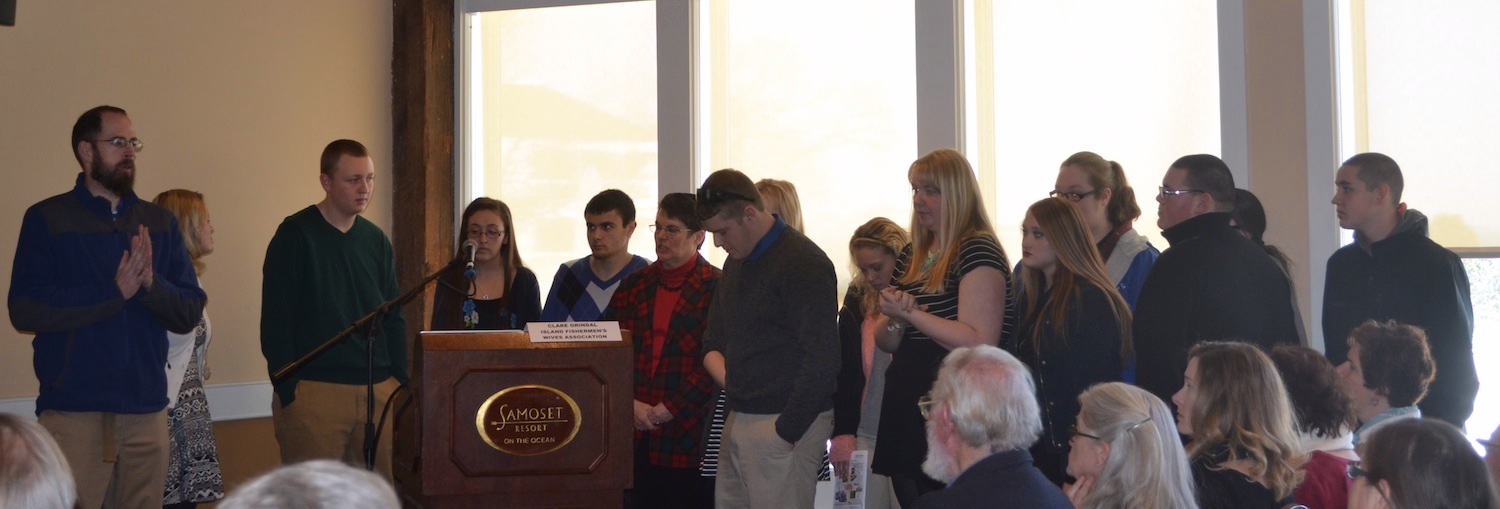Greetings from Hurricane Island…Spring is finally springing!
Last week we were lucky enough to celebrate Spring and Earth Day 2015 with a group of dedicated, inspiring individuals…teachers! A total of 13 teachers from 8 different schools in Maine and Massachusetts joined us for a trip out to the Island for our annual Free Teacher Day, a program we offer to give teachers the chance to learn about our facilities and the programming we offer on-Island. We were also lucky enough to be in Mother Nature’s good graces for the day as we had lots of sun, no rain and light wind all day. It was only my second time out to the Island and the first for many of our teachers, so we all felt thankful and inspired to be sharing such a beautiful day in a magical place!
We had a smooth ride out to the Island aboard the F/V Equinox, arriving on the Island around 10:30. Upon arrival, we took a moment to introduce ourselves to each other and have the necessary safety orientation, presented by HIF’s own Skillful Safety Sam Hallowell. Following safety, Jammin’ Josie Gates, Awesome Alice Anderson and Outstanding Oakley Jackson took us through the facilities of Hurricane Island, highlighting our off-the-grid infrastructure of solar panels and composting toilets, our gardens and compost, and introducing teachers to the teaching spaces and dorms.
After filling our bellies with a delicious lunch, provided by Merry Micah Conkling, and filling our brains with discussion of the possibilities a place like Hurricane provides for educators, we took a more in-depth tour of the grounds outside of the campus and learned about the history of Hurricane Island. We visited the remains of the Church, took a break at the Ice Pond and hiked up to our water holding tanks to talk about our gravity-fed water system. We then made our way down to the cliffs (where we captured this fabulous shot) and continued on to view the quarry and rock climbing routes, all the way sharing ideas, admiring the scenery and learning bits about the Island, it’s ecology and how we run programs.
We ended with a gathering for a short question and answer session and a chance to reflect on the day’s experience. We then re-boarded the Equinox and departed the Island feeling rejuvenated, inspired and privileged to share a day with such dedicated, enthusiastic educators that endeavor to provide students with unique experiences, inside and outside of the classroom. Just another fabulous day on Hurricane Island!










